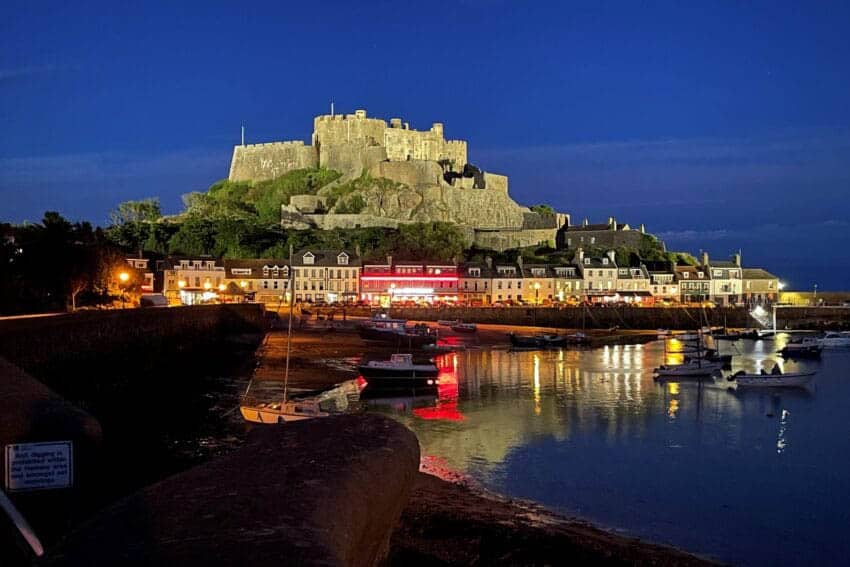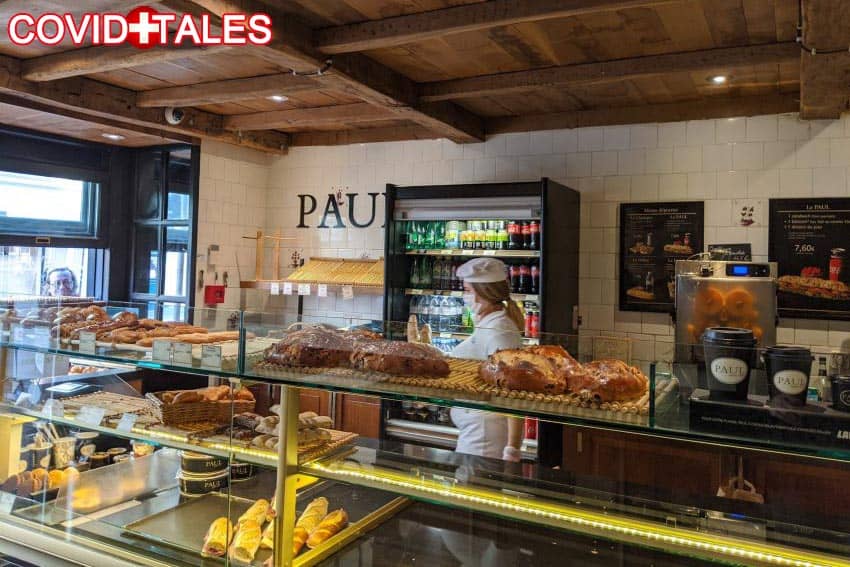
A Tramp Steamer to Père-LaChaise Cemetery
An Excerpt from the book, “A Passion for Paris: Romanticism and Romance in the City of Light”
By David Downie
Author David Downie’s latest book is A Passion for Paris: Romanticism and Romance in the City of Light (St. Martin’s Press, April, 2015), an entertaining romp around contemporary Paris in the company of the 19th century’s literary and artistic greats: Victor Hugo, Charles Baudelaire, George Sand, Alexandre Dumas, Eugene Delacroix, and many others.
A San Franciscan, Downie, lived in New York City, Providence, Rome and Milan before moving to Paris in the mid-1980s. He divides his time between France and Italy. His travel, food, and arts features have appeared in over 50 leading print publications worldwide. Downie is co-owner with his wife Alison Harris of Paris, Paris Tours custom walking tours of Paris, Burgundy, Rome & the Italian Riviera.
The author of two thrillers including Paris City of Night, among Downie’s dozen nonfiction books, are the critically acclaimed essay collection Paris, Paris: Journey into the City of Light, and the bestselling Paris to the Pyrenees: A Skeptic Pilgrim Walks the Way of Saint James.
Excerpt from the book, A Passion for Paris
The first time I entered the monumental gateway of Paris’s celebrated Père-Lachaise cemetery I felt part of me had always been there. I don’t suffer from necrophilia and am not particularly nostalgic, but it was as if an alter ego lived a parallel existence under the climbing, winding ranges of horse chestnut trees.
Père-Lachaise is where I first heard voices from Paris’ past, voices eager to share secrets. They were not speaking to me but to each other, their words carrying over the off-kilter tombstones and ivy festoons.
After a few visits, I decided to make a map of the graveyard’s hills, roads, and pathways. I used X’s and Y’s to show the essential tombs like Nadar’s, surprisingly bourgeois, carefully hedged and cleaned, but also the best grave-eating trees, the best benches and views.
From a spot in front of the chapel, you could see across Paris. Away and below in the mist and smog were the red-and-blue piping of the Pompidou Center, the H-shaped towers of Notre Dame, and the airborne dome of the Panthéon. My holy of holies was 100 yards northwest of the chapel.
Readers of Balzac know the greatest moment in the early life of Balzac’s most famous character, the clever, ambitious arriviste Rastignac takes place here somewhere on the south-facing slope of the cemetery. This is where the pugnacious provincial gazes down on Paris and exclaims, “It’s between you and me now!”
That spot, I reasoned, must be where Balzac is buried. His tomb is decorated with a bronze bust and a hefty bronze book to symbolize his lifelong achievement, The Human Comedy. Directly across the cobbled path lies Gérard de Nerval, the original Surrealist. Nerval was the genial madman who walked his pet lobster on a leash and hanged himself at the moment of his greatest glory.
Who would have guessed Charles Nodier resided only five tombs uphill from them? He gazed placidly at Balzac’s left ear. Nodier was another proto-Surrealist, the patron saint of Romanticism who had written some of my favorite stories of all time. He had welcomed Balzac, Hugo, Dumas and others into his salon where the Romantic Movement—and the notion of modern romance—was born.
Delacroix Around the Corner
Around the corner, the painter Eugène Delacroix stretched out in a black funeral barge carved with Ionic scrolls. It looked as old and mossy as Delacroix himself, a wizened centenarian the day he was born. It seemed ironic to me that the master of modern color, the romantic painter par excellence, was destined to spend eternity or whatever portion of it he could claim, clad in black.
Along the winding, cobbled lanes and gravel paths lined by 70,000 tombs I gradually discovered Colette, Oscar Wilde, and Marcel Proust not to mention the proto-romantic couple Abelard and Heloise in a faux Gothic shrine the size of a country chapel.
After more forays, I followed the scent of whiskey and hash to the post-Romantic Nihilist Jim Morrison of The Doors. His trashed, littered tomb was topped by a kitschy bust—later stolen.
At a shady crossroad, with a fine view of the Panthéon, a modest obelisk marked the home of the Hugo clan without Victor Hugo or his wife Adèle.
I soon stumbled upon Chopin, his flower-covered tomb in deep woods, and Alfred de Musset, his sculpted effigy flanked by a weeping willow as he had requested. Both men were jilted by the cigar-smoking, cross-dressing George Sand, a prolific storyteller and the Godhead of Parisian proto-feminists. Where was Sand buried, I wondered? And where was Mimi of “La Bohème?”
The men were easy to find. But where were the romantic heroines, Nerval’s Jenny Colon, for instance, or Louise Colet, the poet-mistress and muse of Flaubert, Musset and Hugo—and other sensitive souls she stalked and seduced? Where was Juliette Drouet, Victor Hugo’s lifelong love?
Beyond Wilde and Proust, where were the same-sex pioneers, Joris Karl Huysmans, for example? He was the mystic savant who had plumbed the mysteries of Paris’ streets and Parisians’ souls, leading Romanticism from Baudelaire across the frivolous Second Empire and Belle Époque into the modernist world of the 20th century.
There was time. I would find them all. When I closed my eyes a choir of voices sang in my head. They sang of love, passion, eternity, finitude and the passage of days, months and years. I’d never heard anything like it back home. Could the dead really sing?
On my map I drew in arrows and question marks and noted dates of birth and death, dates of shared passion and of separation. I added an “N” to the ones Nadar had photographed and soon realized he had known nearly all of them. From the second-hand booksellers along the Seine, I bought dusty biographies and dog-eared classics.
When I had done Père-Lachaise I began exploring the other great repositories of memory at Montmartre and Montparnasse. It could take years to find all the Romantic men and women of Paris and it would take a lifetime to read about them. More than their works it was their lives I craved to know. But I had just arrived. Why hurry?
Please visit David Downie’s websites and blogs: www.davidddownie.com; www.parisparistours.com.
Buy A Passion for Paris: Romanticism and Romance in the City of Light on Amazon
- Mongolia, the Land of Eternal Blue Sky - April 20, 2024
- These 9 U.S. National Parks Require Reservations in 2024 - April 17, 2024
- Take a Hike in Olympic National Park - April 17, 2024





